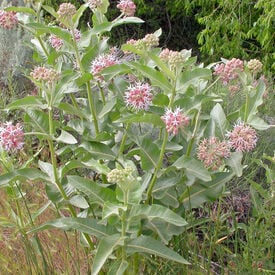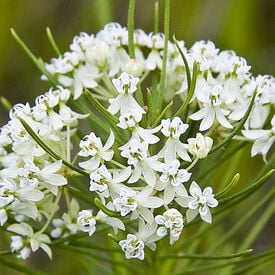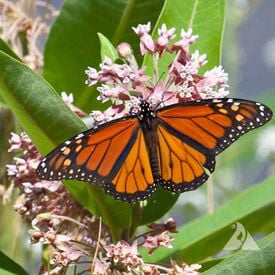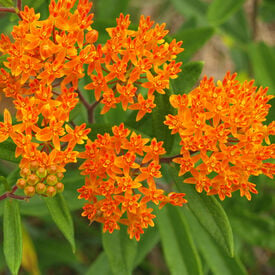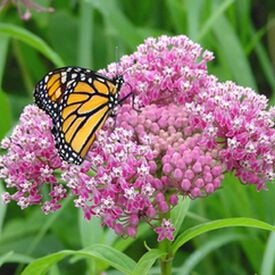Learn More
The Showy Asclepias is just like its name, a beautiful showy plant that is an excellent nectar sources for butterflies and hummingbirds! This Butterfly Weed variety is similar to Common Milkweed, but its pinkish-purple flowers have longer petals that taper more and are covered with fine hairs. The Showy Asclepias will attract butterflies and hummingbirds, especially Queen and Monarch butterflies. This plant is aggressive and should be thinned every year.
The Whorled Asclepias is a beautiful brilliant white flower that will grow anywhere and bees, butterflies and hummingbirds love it! This Butterfly Weed variety is native to the Midwest but can grow almost anywhere is the USA and provides nectar to many pollinators. This easy to grow, attractive perennial blooms mid to late summer and will spread easily without thinning.
The Common Asclepias, also known as Butterfly Weed or Common Milkweed, is the only plant that Monarch butterflies lay their eggs on! This variety provides an abundant food source for Monarchs, but have been declining in the recent years due in part to suburban development and the increased efficiency of herbicides. The Common Asclepias spreads readily by seed and underground rhizomes and its taproot can withstand drought. This Butterfly Weed is one of the easiest and fastest to establish of the Milkweeds. Enjoy watching beautiful Monarchs visit on a daily basis!
The Butterfly Asclepias is sun-loving, easy to grow and blooms brilliant, vibrant orange colored blooms that will attract may pollinators to the garden. This stunning variety and can reach 2' feet tall. Sow in early January for first year blooms.
Despite its name, the Swamp Asclepias is one of the most vibrant and beautifully colored milkweeds around for the home gardens! This Butterfly Weed's red blooms are beautiful and will attract butterflies and hummingbirds to your garden. This perennial thrives in zones 3-8 and will produces its willowy foliage and cherry-red blooms that can be enjoyed all summer long!
